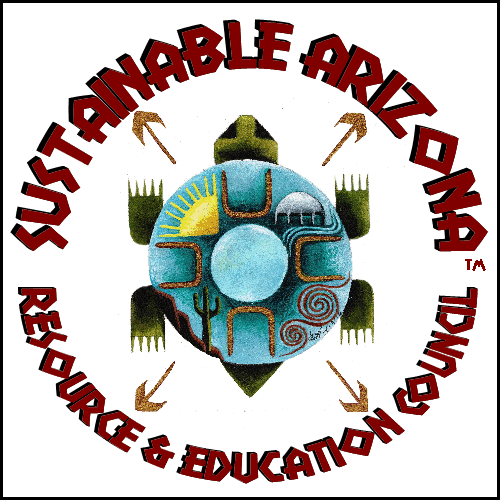These 50 state plans have huge stakes.
Collectively, U.S. electric customers spend over $360 billion each year. Most of that is generated from fossil fuels, frequently extracted outside their own state. In other words, most of that money leaves their community to pay for dirty energy. But the electricity system is in the midst of an enormous transformation from the bottom up just as the federal plan pushes utilities to cleaner energy from the top down.
Driven by improvements in energy efficiency, electricity consumption peaked in 2007 and has been stagnant ever since. Distributed solar, like that found on home rooftops, has provided more than 5% of newly added power plant capacity from 2011 through 2015. In 2013, nearly one-third of all new power plant capacity was from solar energy. The profusion of smartphones is giving customers innovative ways to control energy use, from web-connected thermostats to light bulbs. Consulting firm Accenture estimates that these “disruptive” and economical technologies could save electric customers up to $48 billion over the next 10 years.
Electric utilities are aware of the threat. Already, they’ve mounted serious fights against rooftop solar in over two dozen states (including Arizona), despite ample proof that it’s of benefit to electric customers and the grid. Once they’ve exhausted their legal challenges to the Clean Power Plan, utilities (and some of the states that are beholden to them) will be interested in compliance strategies that mitigate greenhouse gas emissions and threats to their business model. That’s likely to mean big infrastructure investments—utilities have traditionally made their profit by earning a return on new power lines and power plants—and utility control or ownership of cleaner power generation.
But with the increase of 21st century decentralized technology, electric customers shouldn’t settle for last century’s centralized electric monopoly ownership.
For example, several cities and counties in California are forming community alternatives to incumbent electric utilities, delivering cleaner (often local) power at a comparable or lower cost. Grassroots action in Minneapolis, MN, has driven its utilities into a novel clean energy partnership with the city. Community solar programs are expanding rapidly, allowing electric customers to reduce their energy bills, even when they lack ownership of or sunshine on their rooftop. And community energy projects are allowing Americans to pool their resources and own a share in the clean energy transformation.
The Clean Power Plan is a breath of fresh air from the federal government too often known for climate inaction, but it shouldn’t reinforce an increasingly un-natural electric company monopoly over the electric system. Instead, each state’s unique implementation of the Plan is a once-in-a-lifetime opportunity for individuals and communities to take charge of their energy future.

